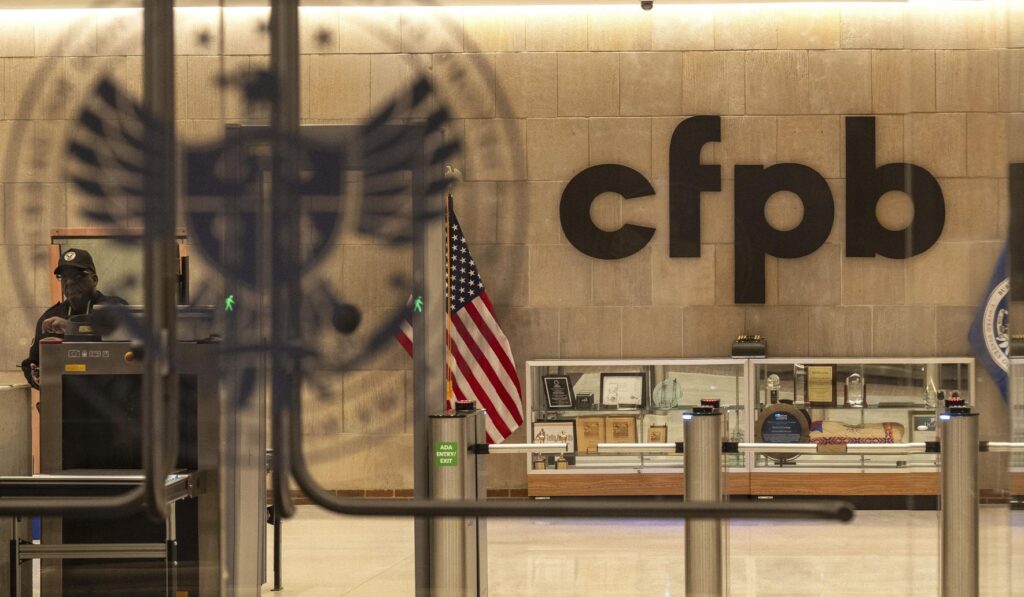The Consumer Financial Protection Bureau, a Wall Street cop signed into law by President Obama, faces a funding crisis after the Justice Department found its financing method unlawful, putting its future operations and enforcement work at risk.
The CFPB was created to police banks and protect consumers, but its funding model has long been controversial because it bypassed Congress. The bureau draws money from Federal Reserve earnings rather than relying on annual appropriations, which critics argue shields it from accountability. Now the Justice Department’s legal finding threatens that steady stream of cash, leaving the agency’s budget in doubt.
If the CFPB does run out of money, enforcement actions and consumer assistance programs could slow or stop, and ongoing investigations might stall. That would affect people who rely on the bureau to pursue lenders and financial firms over abusive practices. At the same time, regulated companies face uncertainty because enforcement priorities and staffing could shift unpredictably.
Republicans have long warned that an independent funding mechanism turns the CFPB into a runaway regulator with little oversight. The lack of Congressional control over spending makes it easier for the bureau to mount aggressive enforcement campaigns without transparent budgetary debate. This case underscores why budgeting power needs to remain where the Constitution put it: with Congress.
The legal problem stems from how the law originally structured the agency’s financing, giving it a semi-permanent pot of money that did not require yearly approval. Opponents argued that set-up violated the separation of powers and the appropriations clause. Now the Justice Department’s conclusion gives those arguments new life and forces a reckoning over the bureau’s legal foundations.
There are real consequences beyond legal theory. Small banks and community lenders have long complained about compliance costs and shifting rules created by a large, well-funded regulator. When enforcement ramps up without clear checks, it can push smaller institutions out of markets or into defensive behavior that reduces credit for consumers. That outcome runs counter to consumer choice and local economic resilience.
At the same time, dismantling the CFPB outright is neither practical nor politically viable right now, so the question becomes how to reform it. Lawmakers can consider returning the bureau to the normal appropriations process, imposing clearer congressional oversight, and refining its rule-writing authority. Reforms could preserve genuine consumer protections while restoring democratic accountability over how money is spent and which priorities get pursued.
Transparency should be a priority regardless of the outcome. A bureau that reports openly on its budget, enforcement decisions, and program outcomes would be less likely to fuel suspicion and legal challenge. Detailed public audits and regular hearings would make the CFPB more responsible to citizens and their representatives, not just to a permanent funding stream.
There is also a practical point about predictability in financial regulation. Businesses and banks need consistent rules they can plan around, not sudden shifts caused by legal fights over funding. A stable, accountable funding arrangement would reduce the chance of enforcement whiplash and help markets operate more smoothly while still protecting consumers from fraud and abuse.
The Justice Department’s ruling forces policymakers to confront a structural problem they should have fixed years ago. Whether Congress chooses to reaffirm the bureau’s independence through clear statute or to rein in its funding, the debate should focus on constitutional authority, effective consumer protection, and predictable regulation. Those are the stakes at play as the CFPB confronts a possible budget shortfall and the questions that follow.



